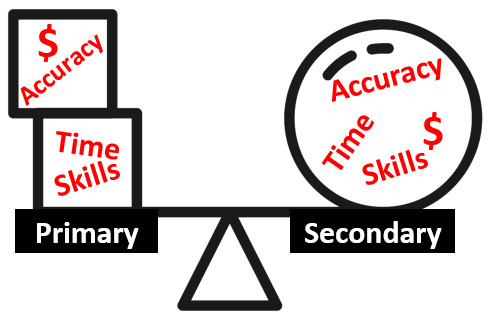Market Research for EntrepreNorth: #3 - Primary vs Secondary
Published by Mark Bodnar
Once you decide what additional information you need before you can settle on a strategy, you still have to decide whether primary or secondary market research will be the best approach for gathering that information.
That is, are you going to conduct surveys and interview people to try to gather information (primary), or are you going to look for articles, reports, and statistics from research other people did for their own purposes and try to apply that information to your situation (secondary).
In general, you'll need to decide whether it's going to be more difficult (or expensive, or time consuming... or even just feasible!) to collect the exact data you need via surveys, etc. or to try to find and match less-perfect secondary information to your specific decision.

Frankly, this isn’t an either/or situation: you may choose to do both primary and secondary research.
For example, you might conduct a few brief surveys of people who fit your initial target group to learn more about how they shop and what they think of your product, and supplement those results with some articles and data to broaden your understanding of the industry & market overall.
In addition, a bit of secondary research might improve your primary research as you could find useful examples of survey questions and key methodology issues that others have overcome.
For this series, I'm assuming that you are focusing on just secondary research. In my next post, we'll start looking at the typical categories of publishers of such information. Read on!

